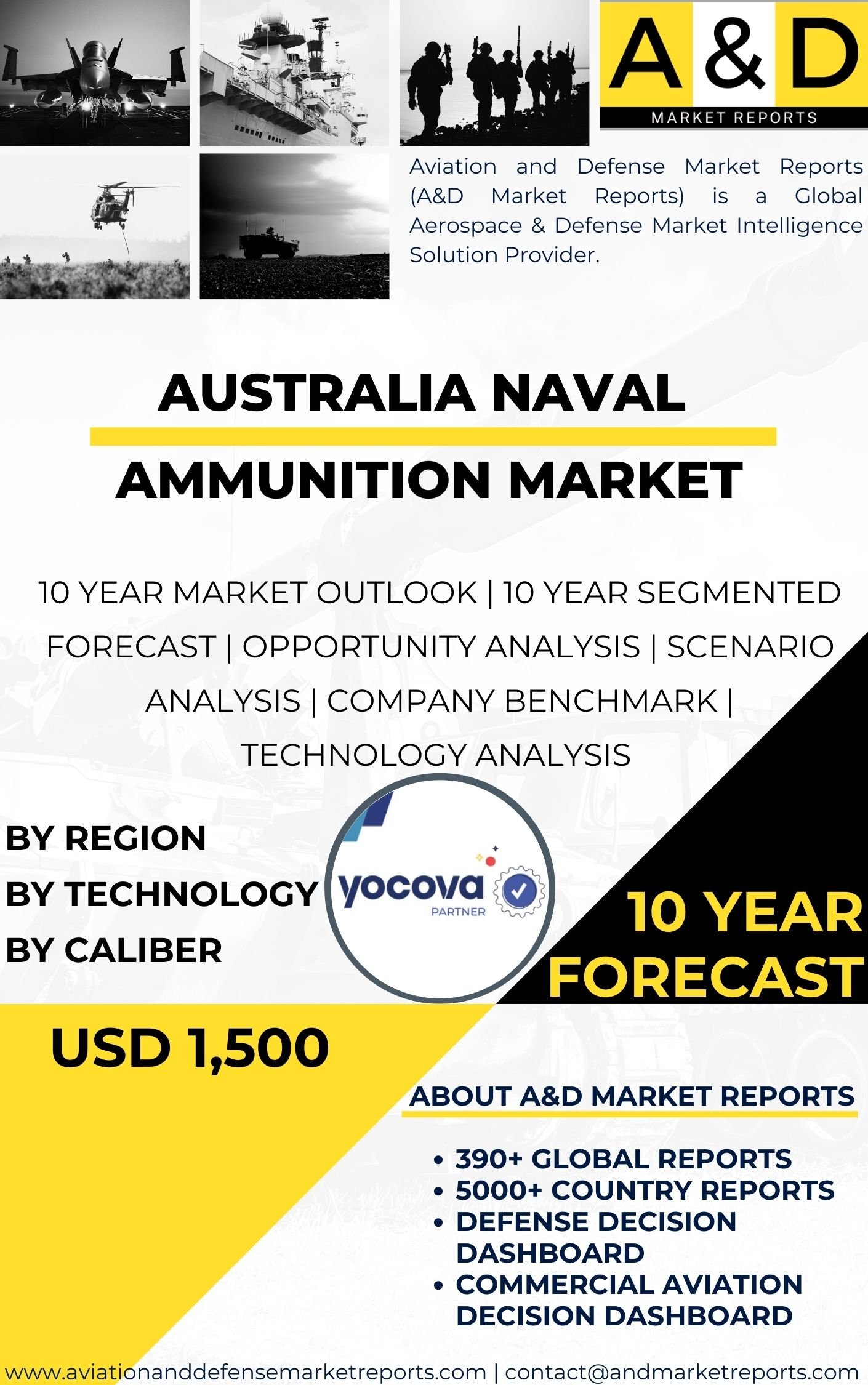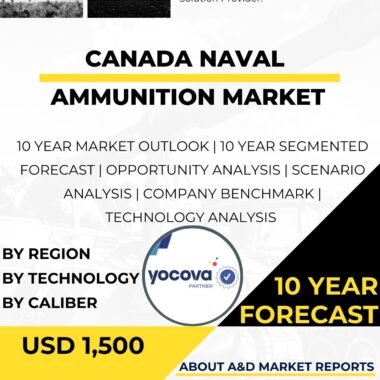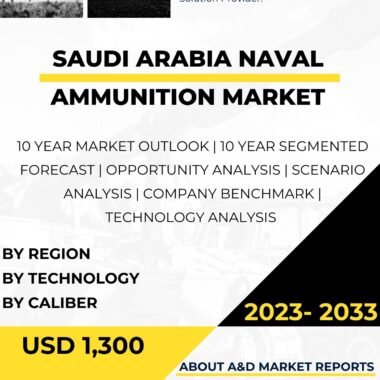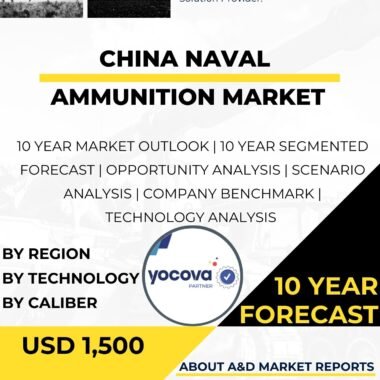Description
Overview of the Naval Ammunition Market in Australia
The Australia Naval Ammunition Market plays a vital role in strengthening the nation’s maritime defense. Ammunition is a key component of naval warfare, allowing ships to engage targets effectively and complete diverse missions—from coastal defense to anti-submarine operations. As a maritime nation with vast territorial waters and strategic trade routes, Australia depends on a strong naval ammunition capability to protect its sovereignty and ensure regional stability.
Strategic Significance of the Australia Naval Ammunition Market
The naval ammunition market in Australia enhances the Royal Australian Navy’s (RAN) ability to defend maritime interests and project power in the Indo-Pacific. With one of the world’s largest Exclusive Economic Zones (EEZ), Australia faces multiple challenges, including maritime incursions, piracy, and smuggling. A reliable and diverse naval ammunition supply ensures that the RAN can respond rapidly and effectively to these threats while maintaining deterrence.
Types of Naval Ammunition in Use
Australia’s naval ammunition inventory includes a wide range of systems designed for surface ships, submarines, and aircraft carriers. These munitions include:
-
Anti-ship missiles
-
Anti-submarine torpedoes (ASW)
-
Anti-aircraft missiles
-
Naval gun ammunition
-
Specialized precision-guided munitions
This diverse mix allows the RAN to counter multiple threats simultaneously, ensuring strong defensive and offensive capabilities at sea.
Key Players in the Naval Ammunition Market in Australia
The naval ammunition market in Australia includes both domestic and international participants:
-
Domestic Companies: Firms such as NIOA and Thales Australia are key suppliers of ammunition to the RAN. They collaborate with the Australian government and defense agencies to produce and maintain a range of naval munitions.
-
International Partners: Companies such as Lockheed Martin, Raytheon, and BAE Systems supply advanced munitions, guided missiles, and torpedoes that significantly boost the RAN’s operational performance.
These collaborations strengthen Australia’s defense industry and ensure access to cutting-edge technologies.
Technological Advancements in Naval Ammunition
Innovation is transforming the naval ammunition market in Australia. Research focuses on improving accuracy, range, and lethality. Modern naval ammunition integrates artificial intelligence (AI) and autonomous targeting systems, which enhance precision and reduce collateral damage.
Developments in propulsion technology have increased the range and speed of missiles and torpedoes, while new warhead materials improve penetration and explosive effectiveness. Together, these advancements ensure that the RAN remains prepared for modern naval warfare.
Future Outlook for the Naval Ammunition Market in Australia
The future of the naval ammunition market in Australia is defined by modernization and innovation. The Australian government is investing in next-generation naval platforms, which will create new opportunities for domestic production and international partnerships.
There is growing interest in non-lethal and less-than-lethal munitions for maritime security and law enforcement missions. These systems provide a proportional response to threats, supporting operations like anti-piracy patrols, border protection, and humanitarian missions without causing major damage.
Regional Cooperation and Export Potential
Australia’s focus on Indo-Pacific security encourages collaboration with allied nations through joint research, technology sharing, and export agreements. Domestic manufacturers could play a larger role in supplying ammunition to partner countries, boosting the local defense industry and strengthening regional defense networks.
Conclusion
The naval ammunition market in Australia is central to the country’s maritime defense strategy. A strong and diverse ammunition supply enables the RAN to protect trade routes, assert sovereignty, and contribute to peace in the Indo-Pacific. Collaboration between domestic and international players drives innovation and technological growth.
As AI, propulsion, and targeting systems evolve, Australia’s naval ammunition capabilities will continue to improve. Continued investment, research, and global partnerships will ensure the Royal Australian Navy remains equipped with reliable, precise, and effective munitions to meet future challenges.




